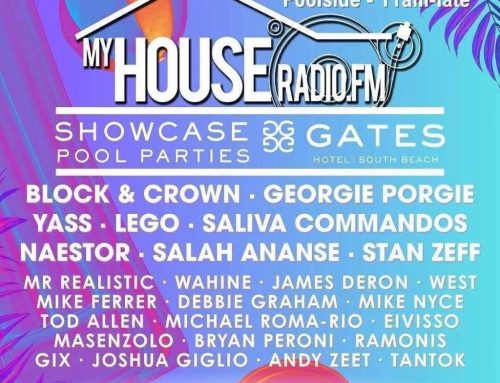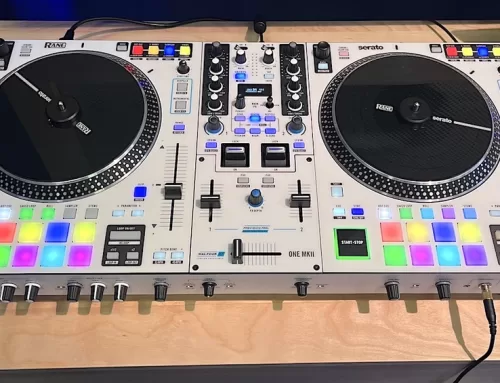
Digital DJ Tips reader Sam asks: “When I DJ, I take pride in being able to beatmatch manually. However, when listening to professional, pre-recorded mixes online they always sound absolutely spot on. I feel that during a performance tiny mistakes add to the ‘live feel’, but when doing a mix recording it should sound absolutely perfect.
“I’ve already wasted so much time recording a 60-minute mix and scrapping everything because I made a small beatmatching error. I’m a firm believer in being able to manually beatmatch as one of the basic essentials of DJing, but I also see the many benefits of using sync.
“My question is: Do DJs use sync when pre-recording mixes that they post online? And should I feel like I’m cheating if I do?”
Digital DJ Tips Says:
Before I answer your question, let’s take a step back: If we don’t mind committing little mistakes during a performance (it adds to the ‘live feel’ as you say), then why are we so particular about getting a recorded mix sounding perfect? Let’s use communication as an analogy: There’s a difference between speaking and writing – everyday mistakes and stutters are fine if you’re talking to a friend. But if we’re writing a letter or creating a resume, we make damn sure we’re getting everything right and that it’s representative of our best selves.
In other words, if it’s a casual conversation, we don’t mind human error (the “ums”, “uhs” and “d’you know what I mean”). If it’s something written down, we do everything we can to reduce errors to nil, hence the need for proofreaders and spellcheckers. Words spoken disappear, but the written word is forever. Likewise, a live DJ set is different from a mixtape in that the mixtape could potentially float around the internet indefinitely (just don’t put it on SoundCloud).
Don’t worry about using sync: A bad DJ will still produce a bad mix, so to do an awesome job you’ve still got to be a great DJ even with sync turned on. The interesting thing here is that sync isn’t the only tool available for creating a perfect mix: DJs use post-processing tricks in digital audio workstations to tweak, fine-tune and generally improve a recorded mixtape.
Plugins like EQ and compressors can be used to smoothen irregularities in a transition, for instance, and sound effects like risers, crashes and even DJ drops can be used to mask abrupt tempo or song changes. Today’s digital DJ has all these at his or her disposal, and using any of them to create a great mix is valid. Our Pro Mixtape Formula course shows you the right way to use these tools to get world-class results every single time.
From the moderators…
This question was originally asked in our member community and got a lot of responses. Here’s one from our moderator DJ Vintage:
“To get tracks to sync, you have to ensure their beatgrids are properly set, and that often takes some serious prep work and skill. I have no problem with reaping the fruits of that skill and work by mixing those tracks with sync turned on. However, some tracks just can’t be synced because their beatgrids can’t be properly set (eg older songs with human drummers) – it’s only when you are limiting your track choice to sync-able tracks that relying on sync becomes an issue.”
And here’s another one from another moderator, Terry_42:
“If you get the job done, your mix is good, and you are able to tell a story with your performance, I could care less how you do it. I do not look down on anybody using sync, as I do not see it as cheating.”
Go for it!
There you have it. So rest easy – using sync is perfectly acceptable when making mixtapes. You know you can beatmix properly live or otherwise, but to get yourself to the finish line of that 60-minute mix you’ve been trying repeatedly to create without error, don’t be afraid to hit sync to get your mix as clean as possible – the last thing you’ll want to be listening to five years down the line is that tiny little sloppy transition you could’ve smoothened out!
Do you use sync when recording a mix? Do you think using sync is cheating? Why or why not? Share your thoughts below.




